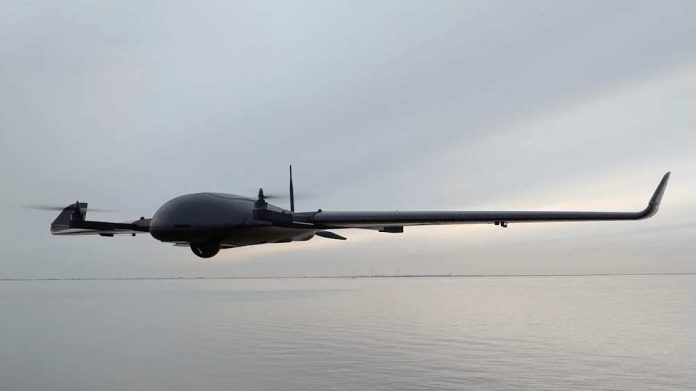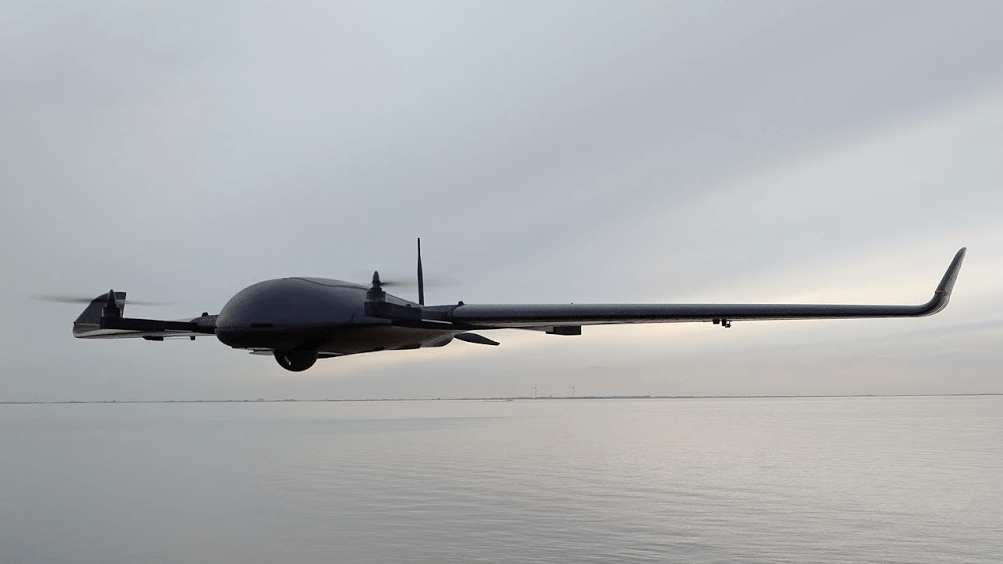
One Ukrainian drone strike in May 2025 pulled $4 million out of Russia in wrecked vehicles a disproportionate punch from a small group of operatives and commodity-grade tech. Such a moment, previously an aberration, is now the norm for a world-altering realignment in the strategy of war. The Russia-Ukraine conflict has been a steady proving ground for the development of drone warfare, with both sides competing to outinnovate the other in terms of adaptability and sheer audacity.
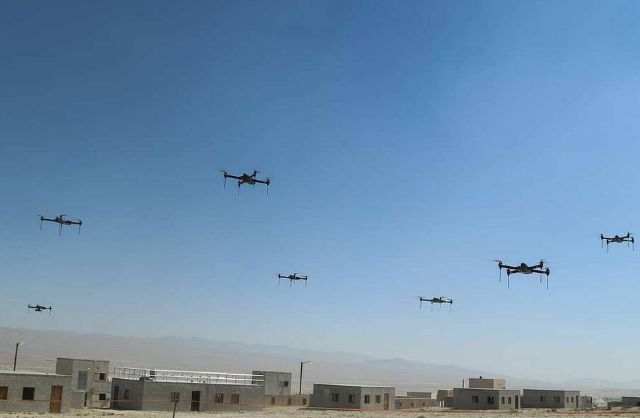
For technology buffs and defense planners, this war’s importance is as deep as it is immediate. Drones once the exclusive preserve of costly armies are now democratized, decentralized, and with deadly force. This listicle examines the most surprising innovations and strategies in the field on the front lines, and provides a glimpse into the future of war.
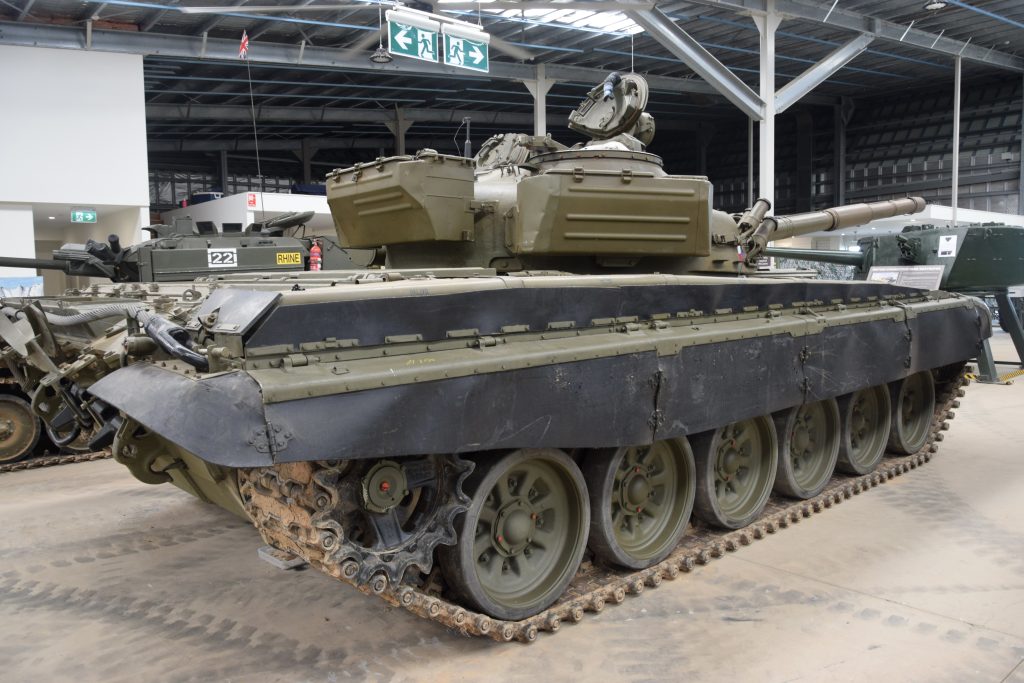
1. Drones as Force Multipliers: The $4 Million Strike
It was in May 2025 when the Ukrainian 225th Assault Regiment demonstrated the strength of precision drone warfare. A surveillance drone followed a Russian T-72 tank back to the base, where it collected an assortment of priority vehicles in the cluster. Instead of striking instantly, Ukrainian pilots waited while the tank pulled into a hangar, then coordinated an attack by drones. The outcome a burning warehouse, a burned-out tank and BMP-2 infantry combat vehicle, and an estimated loss of $4 million to Russia.
This action shows how drones have the ability to flip the asymmetric warfare script on its head. As our combat video clearly showed, reconnaissance and waiting enabled a crushing assault with little risk to manpower. The assault also speaks to a broader trend as many as two-thirds of Russian battlefield deaths are now being attributed to drones, which means there has to be a reassessment of conventional armored warfare.
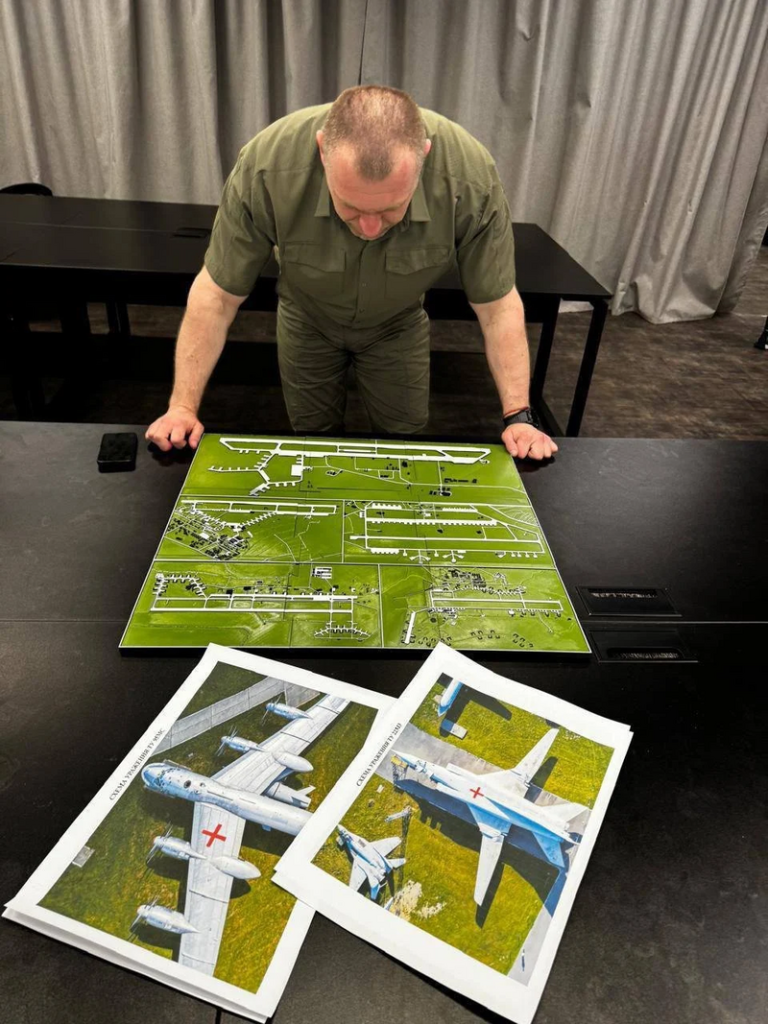
2. Operation Spiderweb: Deep Strikes and Asymmetric Shock
June 2025 saw Ukraine launch one of the most ambitious drone attacks in recent history. In “Operation Spiderweb,” 117 drone-bearing bombs were carried into Russia within wooden mobile homes and launched from within the territory of Russia, hitting four major air bases. According to the Security Service of Ukraine, the attack destroyed or damaged up to 40 aircraft, comprising Tu-95 and Tu-22M3 bombers, with material losses amounting to over $7 billion.
The operation’s seeming simplicity using civilian infrastructure and indigenous telephone networks found even best-guarded installations vulnerable. It was “one of the most embarrassing security failures for Moscow since the beginning of the war,” a New York Times report states. The psychological effect, fostered by Ukraine’s public release of operational details, bolstered the new paradigm distance and perimeter defenses no longer mean security.
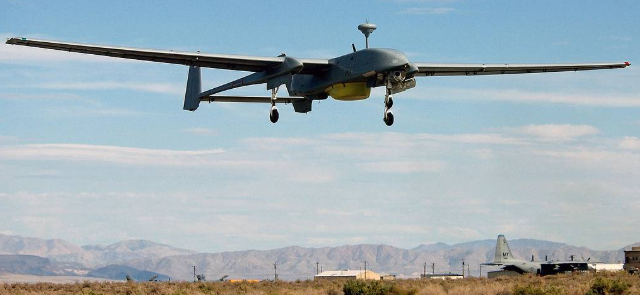
3. The Drone Arms Race: Innovation and Countermeasures
Russia and Ukraine are technologically racing into an arms race, with quick deployment of new drones and countermeasures. Decentralized and improvised how it is accomplished in Ukraine improvised factories, civilians-trained pilots, and open-source designs. Its outcome is a one-million-plus drone production annually, tens of thousands of trained operators, according to Ukrainian defense officials.
Russia has in turn replied with a series of electronic warfare (EW) technologies. The SERP-VS6D, for instance, is capable of jamming many drones at once over a broad frequency range, whereas man-portable jammers attack video streams in order to “blind” commanders without engaging drone failsafes. But as Ukraine repeated and rolled out new generations of drones, Russian EW systems do poorly to keep up, which shows the iterative and dynamic nature of the technology race.
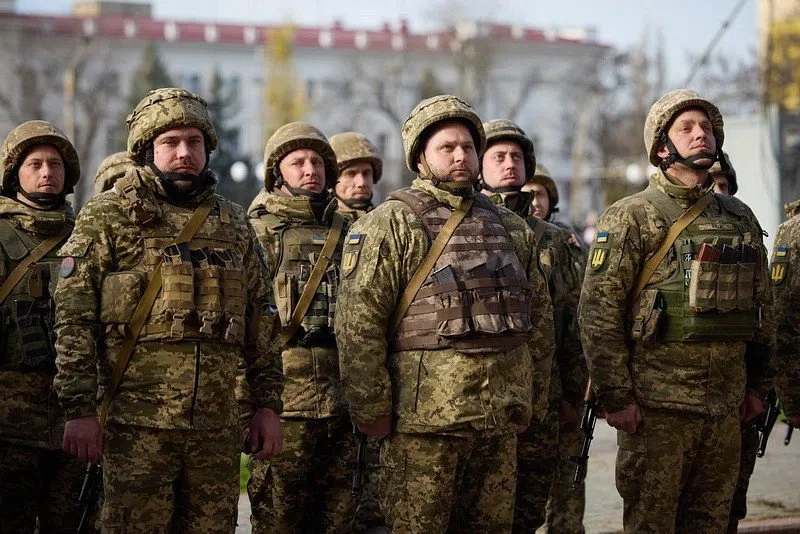
4. AI and Autonomy: Towards the Swarm Battlefield
Artificial intelligence is quickly moving from testing to deployment on the Ukrainian front. Both the Russian and Ukrainian militaries are employing drones with AI-assisted navigation, target identification, and even limited autonomy. Russia’s V2U loitering missile, for example, employs AI to autonomously find and choose targets, with swarming capability giving it the potential for groups of drones to coordinate and attack. Ukrainian militaries are also using AI to do real-time video analysis and monitor objects, integrating these observations into strike and artillery planning.
According to the Center for Strategic and International Studies, Ukraine is already flying drones that are independent of GPS, using LiDAR and computer vision to find their targets. The intersection of AI and autonomy is taking the battlefield toward a future where human soldiers will be able to oversee, and maybe even not that, the kill chain.
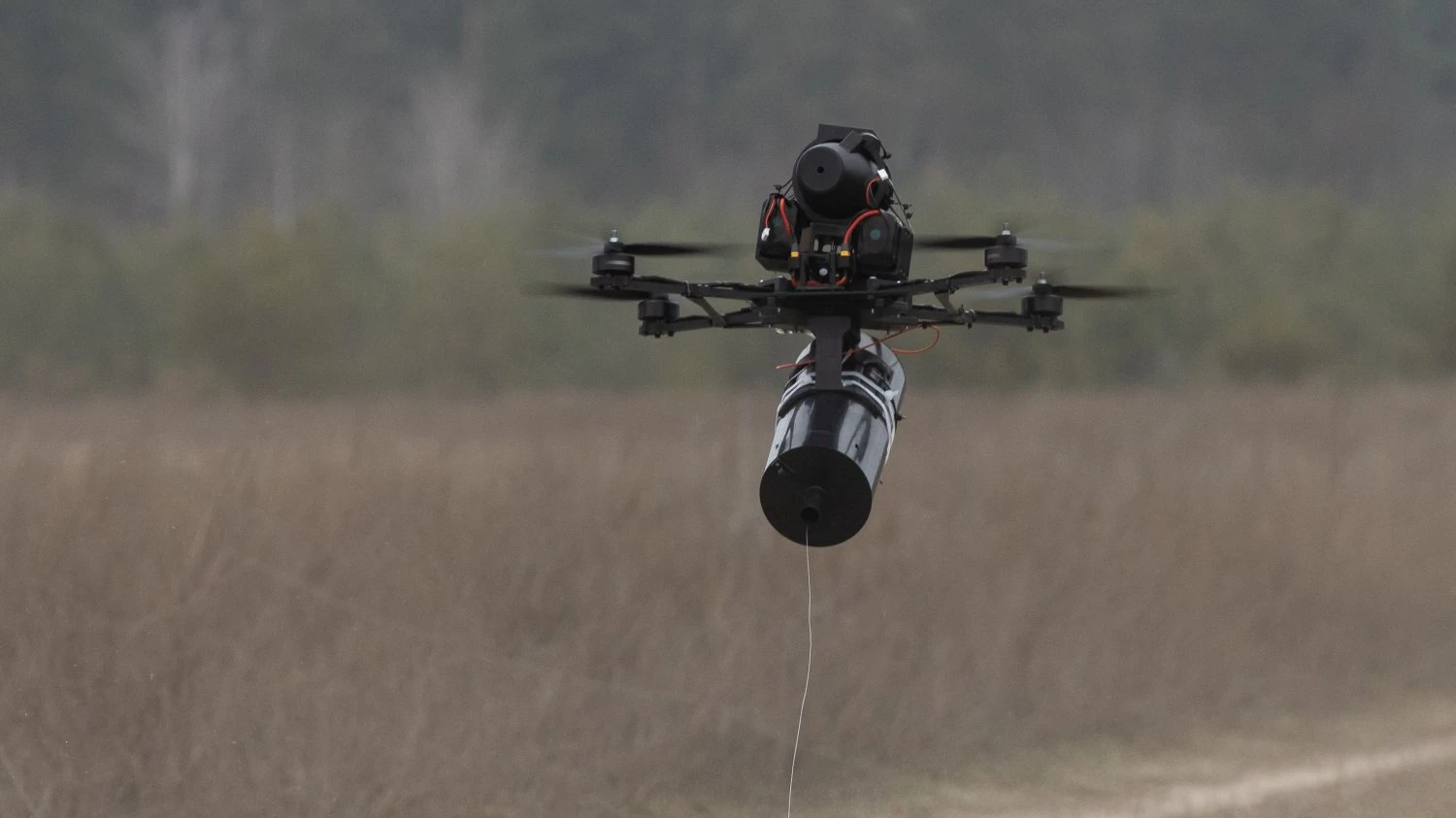
5. Fiber-Optic Drones and the Electronic Warfare Chess Match
Electronic warfare became a hallmark of the conflict, with each side employing increasingly advanced jammers and spoofer technology. In response to Russian EW dominance, Ukraine has flown fiber-optic tethered drones that are resistant to radio jamming and offer secure, real-time video. These drones, range-constrained by their cables, represent a critical operational advantage in hostile electromagnetic environments.
Russian troops, on the other hand, have created soldier-borne EW devices that can jam and intercept drone video signal with accuracy, concealing their own electromagnetic footprint and not being countered themselves. This constant cat-and-mouse battle between offense and defense continues to accelerate on both sides, each new innovation being countered in real time by a countermeasure.
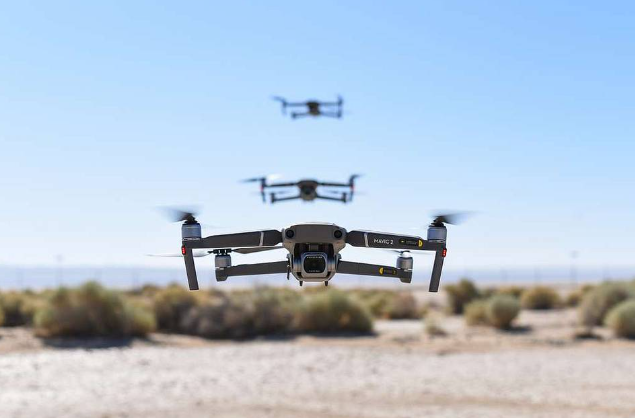
6. The Cost Revolution: How $500 Drones Trump Million-Dollar Assets
The arithmetic of drone warfare is reversing conventional war mathematics. According to Bruce Schneier, Harvard computer security expert, “There’s a balance between the cost of the thing and the cost to destroy the thing, and that balance is changing dramatically.” One $500 civilian drone can now destroy cars or planes that cost millions.
The cost asymmetry seen in Ukraine is not isolated. The same strategy has been witnessed as distant as the Middle East and the South China Sea, with state and non-state actors alike leveraging low-cost but effective drones in contrast to far more costly military technology. Global security dynamics are deep asymmetric players can project power and cause harm unimaginable before without the need to rely on traditional weapons.

7. The New Doctrine: Hybrid Warfare and Civilian Integration
One of the most revolutionary Ukraine lessons is the incorporation of Ukrainian civilian infrastructure, intelligence, and logistics into military operations. The effectiveness of deep strikes such as Operation Spiderweb rested not only on drones, but also on clandestine supply chains, civilian networks of intelligence, and civilian-military cooperation. This muting of the differences between civilian and combatant results in difficult legal and ethical questions, as well as new weak points.
The “democratization” of drone war by Ukraine open-source blueprints, make-shift factories, and mass education has provided a model for emulation by allies and adversaries alike. As reported by the Kyiv Post, “comparing the functionality of drones in 2022 to today’s one is as comparing rocket science to horse and cart.” The age of open-source, networked, and hybrid war has arrived.
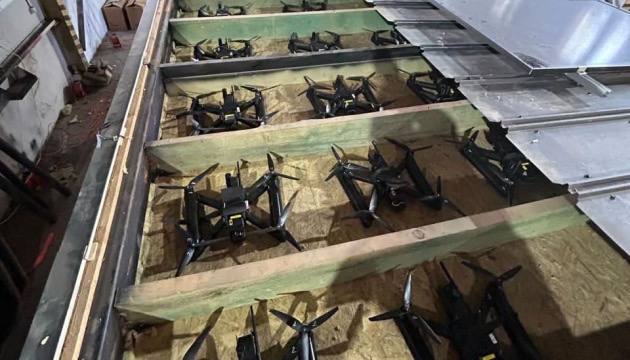
What is happening in Ukraine is not merely battlefield lore it is a precursor to a new age of military technology and strategy. From the $4 million warehouse raid to the brazen deep raids of Operation Spiderweb, drones have established themselves as game-changers at the front lines of conflict. Since both the adversary and the U.S. are innovating at breakneck pace, the message for defense analysts and military technologists is obvious firepower counts less today than agility, integration, and imagination. The next chapter in war will be authored by engineers, programmers, and an increasingly large broad base of volunteer civilian contributors.
